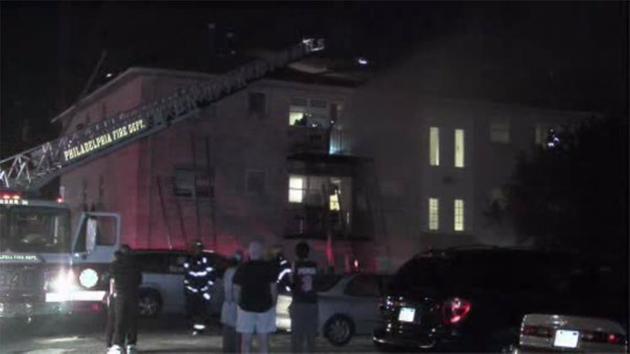Training mishap closes Milwaukee's airport
Friday, August 28, 2015 4 p.m. CDT
MILWAUKEE, Wis. (Wheeler News Service)
Mitchell International Airport briefly stopped flights Friday after an accident during a training exercise.
Airport officials said incoming and outgoing flights were halted for about 30 minutes after an emergency services truck overturned. A fire truck turned over on its side near runway 19, and all plane movements on runways and tarmac were stopped as emergency personnel responded.
Airport crews said the truck was the only vehicle involved, and a member of the airport's fire department was taken to a medical facility for evaluation.



















































